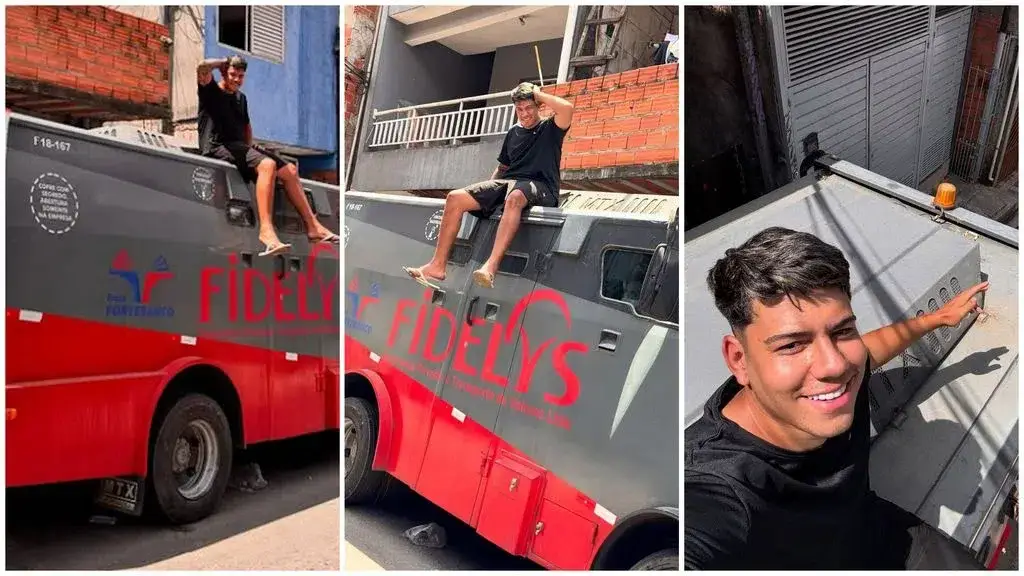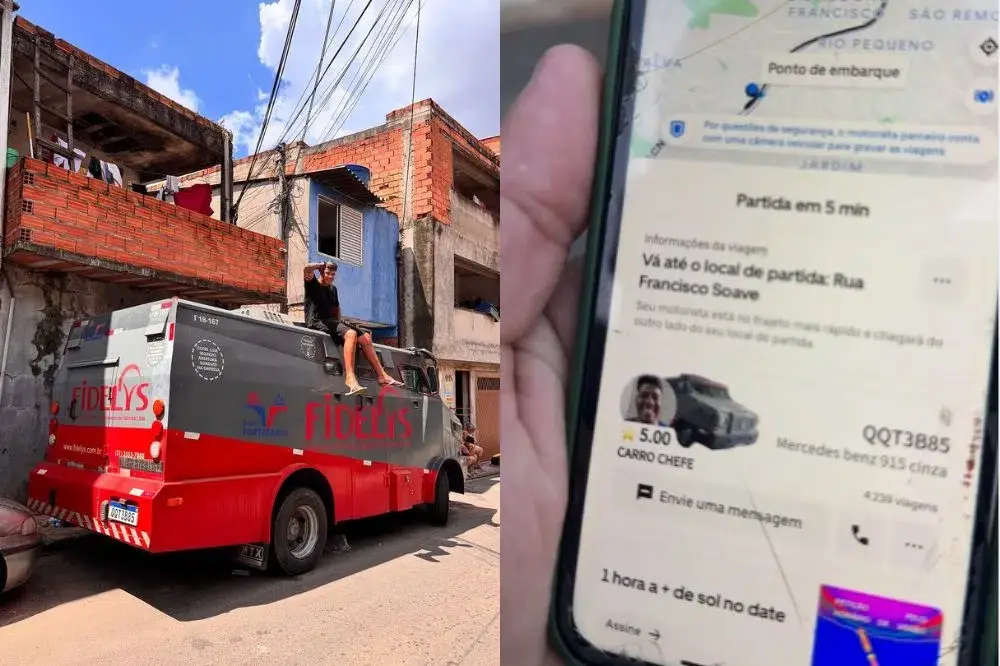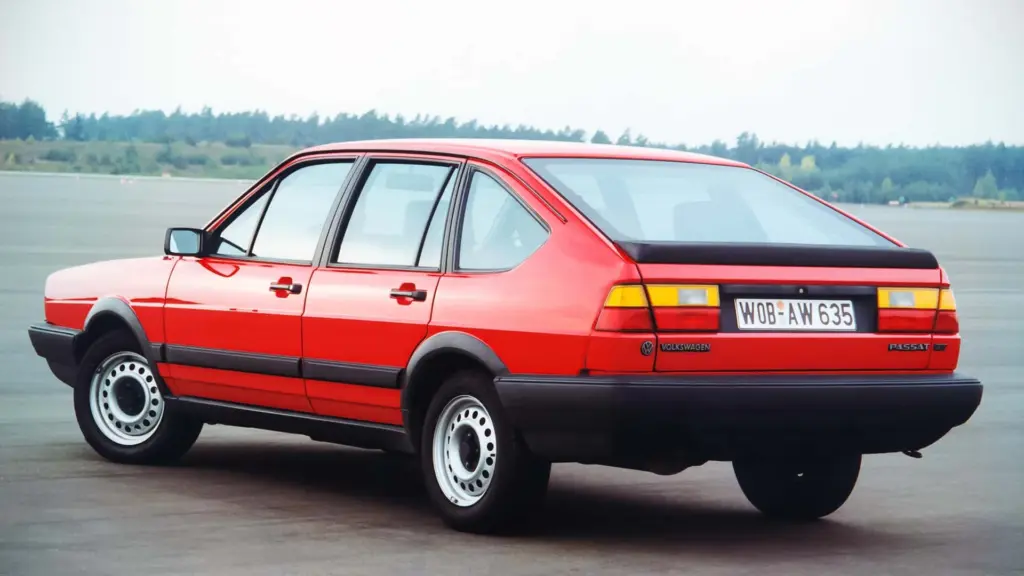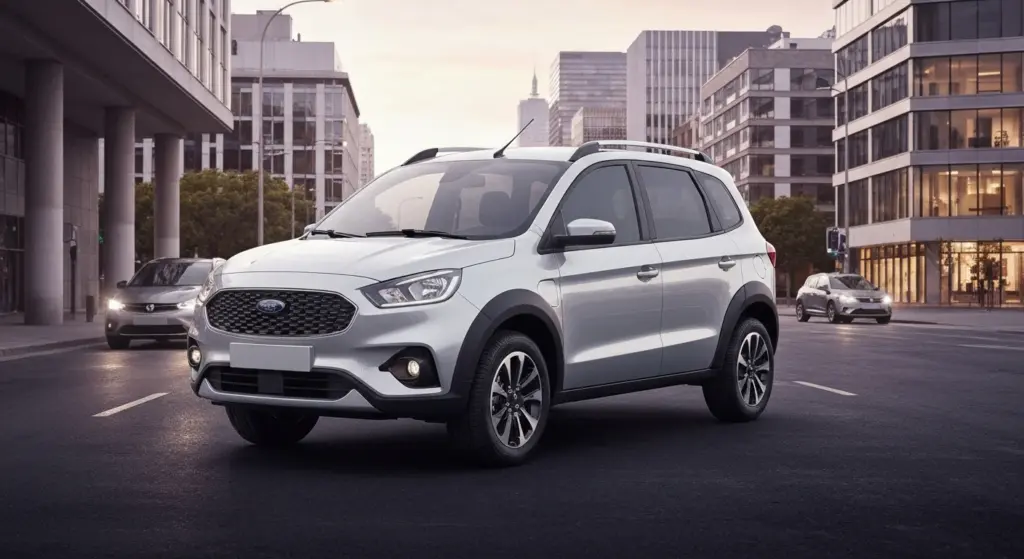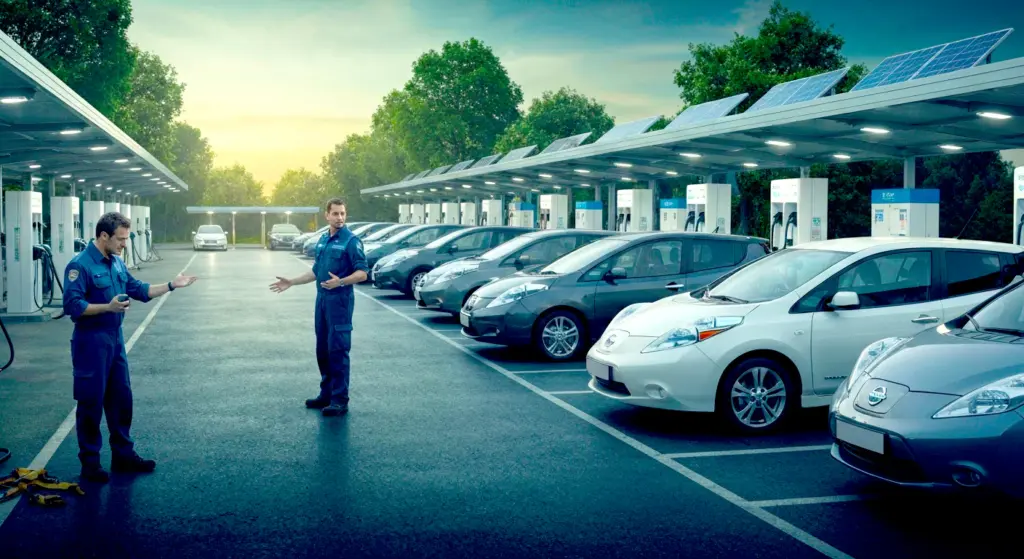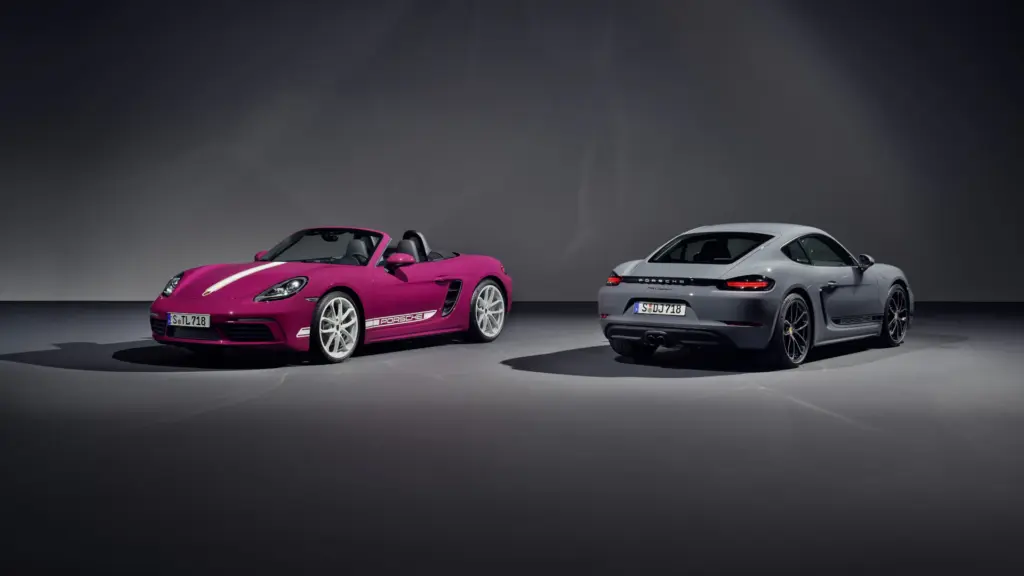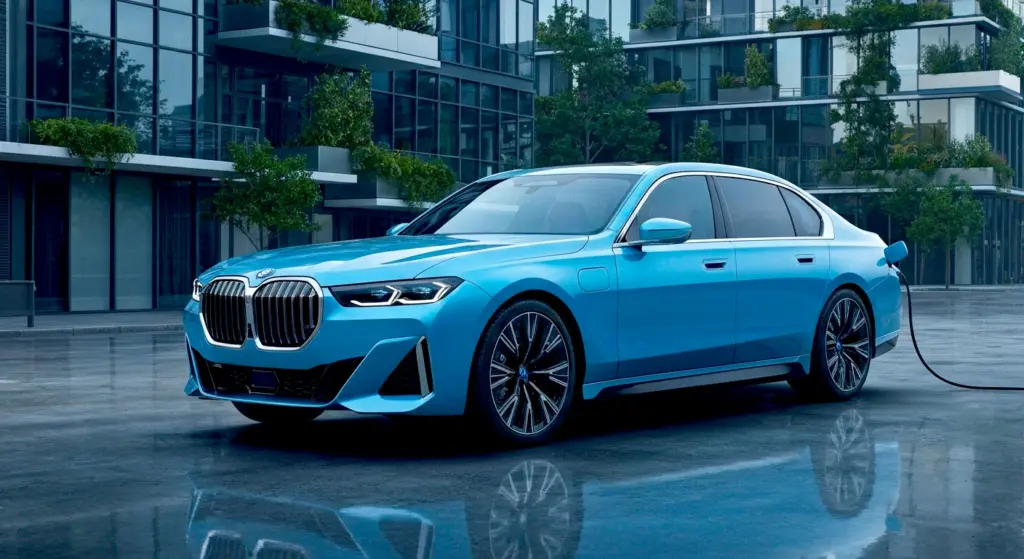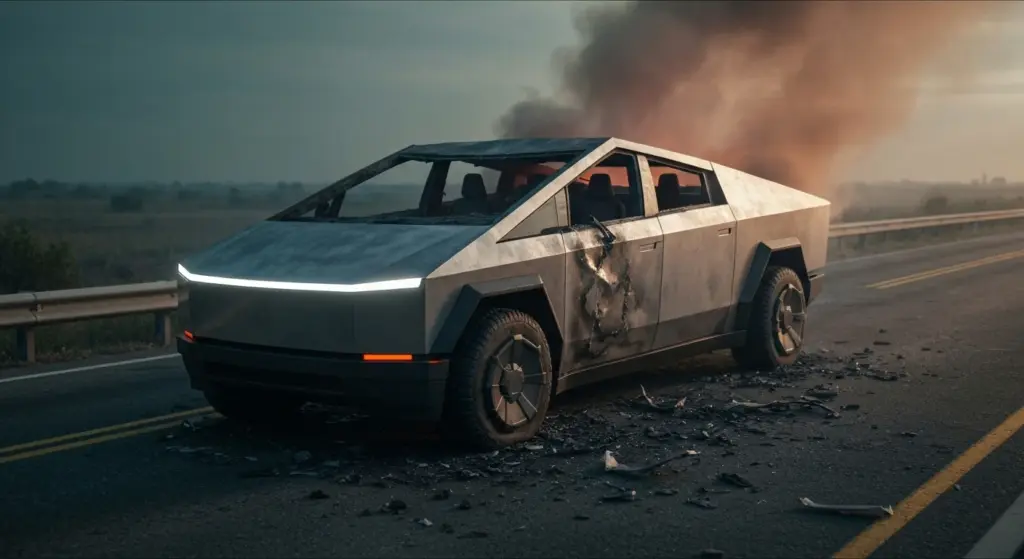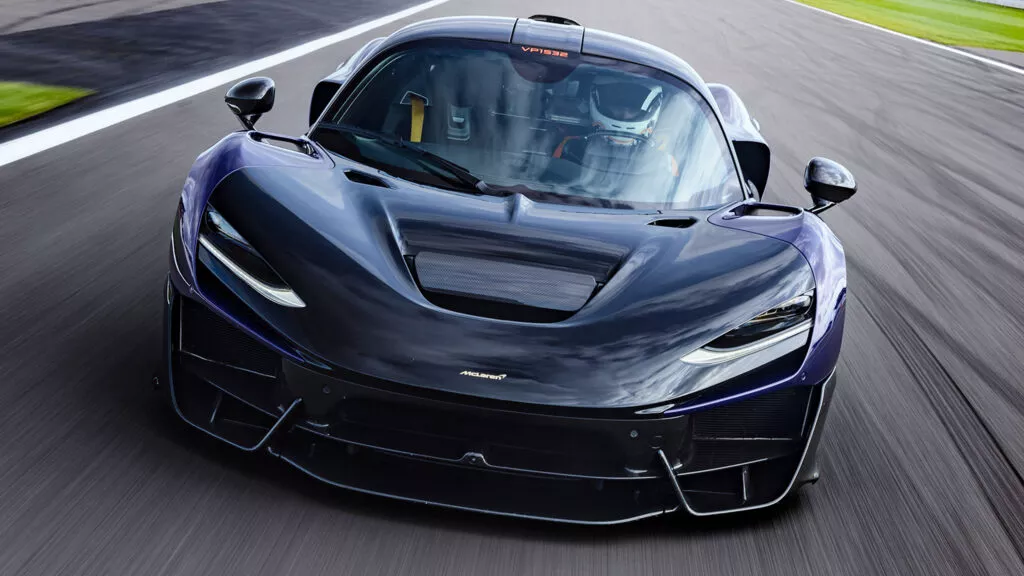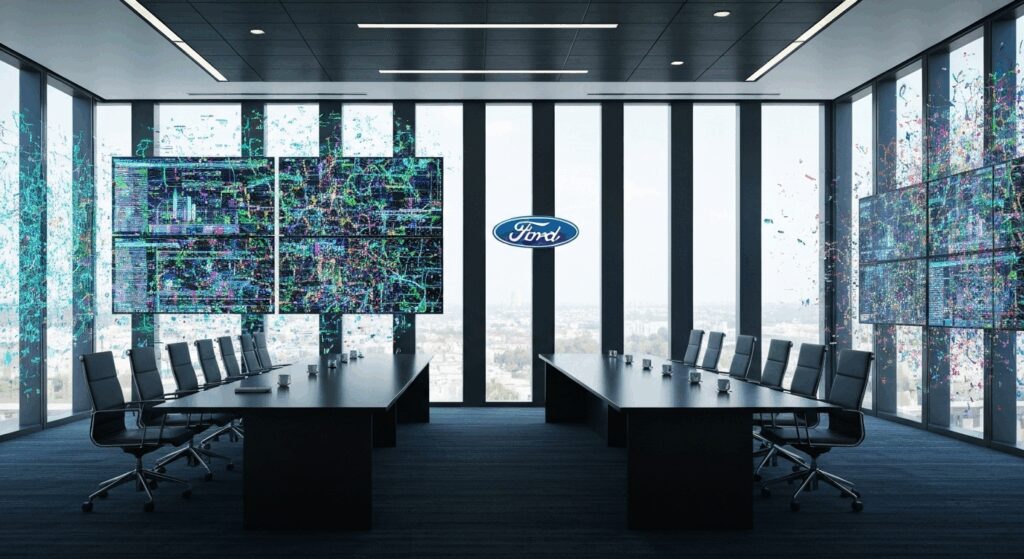Imagine requesting a rideshare car and, instead of a regular vehicle, being surprised by an imposing armored car. This scene, worthy of a movie script, took place in São Paulo and went viral on social media. The protagonist of this unusual story is Vinícius Carvalho, a digital influencer with over 300,000 followers on Instagram, known as @_ocarrochefe. His bold idea to use an armored car as an Uber quickly turned into a saga filled with twists, confrontations with the law, and a lot of buzz.
The adventure began when Vinícius, looking to innovate in his online content and have a “unique” car, purchased an armored car at an auction. At first, the purchase seemed like a joke, a way to shock and generate engagement on social media. However, the influencer took the idea further and registered the armored vehicle on a rideshare app, offering rides in the Uber Black category. The reaction of people encountering an armored car as a transportation option was immediate and went viral, transforming what started as a joke into an internet phenomenon.
Boldness on the Edge of Illegality: Armored Car Uber and Brazilian Legislation
The armored car, designed to transport high-value goods and valuables, began to circulate the streets of São Paulo as a rideshare vehicle, providing a unique and, for some, even fun experience. However, Vinícius’s boldness soon ran into an insurmountable obstacle: Brazilian legislation. The use of armored cars is strictly regulated in Brazil, restricted to security companies authorized by the Federal Police and approved by the Brazilian Army. The law is clear: an armored car cannot be used as a common vehicle, much less for passenger transport through a rideshare app.
The legislation requires that armored cars have a Registration Certificate (CR) issued by the Army and adhere to a series of specific regulations. These rules aim to ensure safety in the transport of valuables and prevent the misuse of these vehicles. The idea of a civilian using an armored car for private purposes, such as a passenger vehicle or Uber, is considered a serious infraction as it challenges traffic and public safety norms. Vinícius, even after acquiring the armored car legally at auction, faced the complexity of the law when attempting to use it for a purpose completely different from what it was designed for.
From Viral to Canceled Ride: Police Intervention and the End of the Armored Car Uber Adventure
Aware of the legal risks, Vinícius himself anticipated the “headaches” that his venture could cause. The prediction came to fruition when, during one of his “rides” with the Uber armored car, he was approached by a police vehicle in São Paulo. The officers, upon identifying the vehicle and its irregular use, conducted a stop to verify the legality of the situation. The incident quickly gained media attention, turning the story of the Uber armored car into national news.
The media coverage highlighted not only the curiosity of the situation but also raised important questions about the control of armored vehicles and the oversight of such auctions. After all, how could an armored car, a vehicle with such specific regulations, be acquired by a civilian and used in such an unusual way? There is still no precise information about the legal consequences for Vinícius, whether the armored car was seized, or if the influencer faced any punishment. However, the episode certainly marked the end of the brief and controversial career of the Uber armored car.
Armored Car Auctions: A Market with Rules and Necessary Oversight
The sale of armored cars, as mentioned, is a restricted and regulated market. These vehicles, equipped with high-tech armor and protection, are intended exclusively for the transport of valuables and high-risk goods. The commercialization occurs through auctions controlled by competent authorities, such as security companies and financial institutions, ensuring a certain level of oversight over who acquires these vehicles.
The story of Vinícius and the Uber armored car raised an alert about the oversight of these auctions. The central question is how to ensure that vehicles with such specific characteristics do not fall into the wrong hands and are used for illegal purposes or in ways that endanger public safety. The case underscores the need for stricter control over the sale of armored cars at auctions, ensuring that buyers are aware of the legal restrictions and that the law is effectively enforced.
Impact on Social Media and Legal Lessons: The Uber Armored Car Saga as a Warning
Despite the legal troubles faced, the story of the Uber armored car generated a significant impact on social media and in the media. The case sparked debates about the limits of creativity and audacity in the pursuit of viral content, as well as questioning the role of digital influencers and their social responsibility. The thin line between entertainment and respect for the law was highlighted, demonstrating that the quest for likes and views cannot exceed the boundaries of legality.
For Vinícius, the experience with the Uber armored car served as a costly lesson. The episode reinforced the importance of knowing and respecting the law, especially regarding vehicles with specific regulations like armored cars. The story also serves as a warning for other influencers and the general public: creativity is valid, but legality and safety must always be priorities. The audacity to transform an armored car into an Uber may have generated moments of fun and virality, but the legal consequences demonstrated that not everything is permissible in the name of entertainment. The final lesson is clear: before embarking on outrageous ideas, it is essential to check the laws and regulations to avoid legal troubles and ensure everyone’s safety.
Author: Fabio Isidoro
Founder and editor-in-chief of Canal Carro, he dedicates himself to exploring the automotive universe with depth and passion. A car and technology enthusiast, he produces technical content and in-depth analyses of national and international vehicles, combining quality information with a critical eye for the public.

